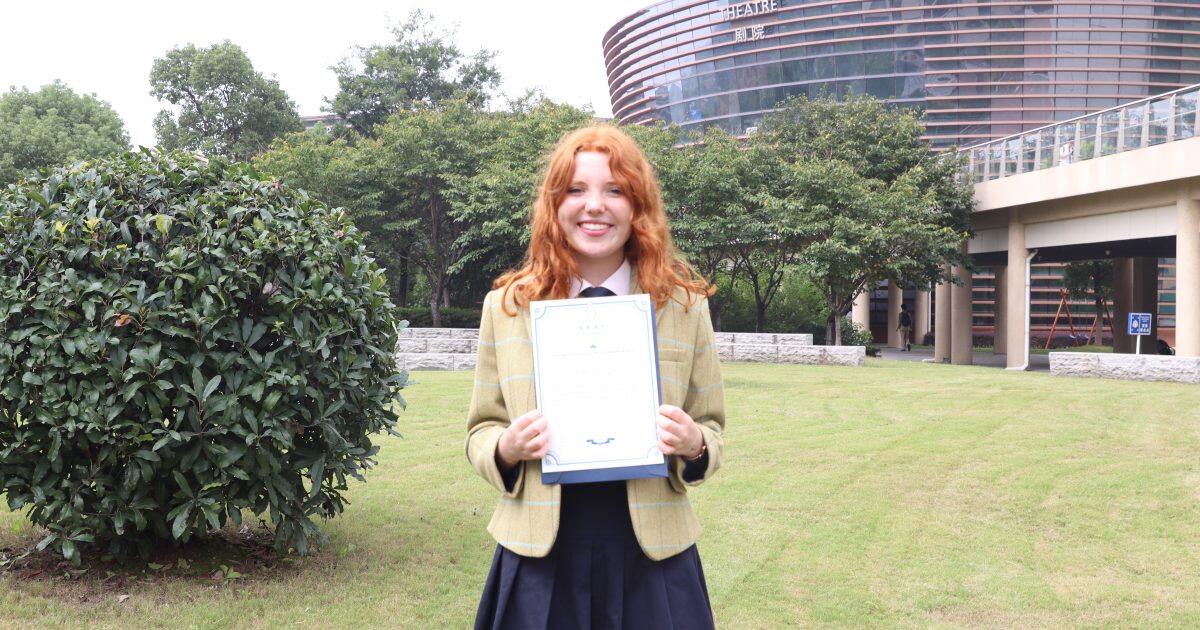Click the link to view the full version: WASCZ丨Metamorphosis of Wheat – The Birth of Maltose
Metamorphosis of Wheat – The Birth of Maltose
A sweet malt with fragrance is an indispensable part of many people’s childhood memories. The children in the Lionfish class recently made their handmade malts and took the sweet treats home to share with their families.
Making maltose begins with the sowing and gemination of wheat seeds to germinate. When the teacher took out the seeds, the children acted very surprised. They wondered what kind of plant it was. “Ms Zhou, I think these are the seeds of the beans.” “No, Ms Zhou, they are supposed to be the seeds of flowers.” ” Ms Zhou, can I smell these seeds?” As the children talked and thought, I let them continue to think and carefully observe the seeds. Seeds were also passed from child to child, and they felt the mysterious charm of the seeds by looking, touching, and smelling them.
Suddenly, one of the children shouted, ” Ms Zhou, I smell flour! These are flour seeds!” “No! Flour has no seeds, but wheat seeds can be turned into flour and made into bread.” The other child quickly picked up the topic and corrected it. “Whoaa! That’s amazing! Some children have discovered the little secret of the seeds!” I asked, “How do you know that seeds can be turned into flour?” “Because you told us the story of the Little Red Hen, in which the hen picked up the seed, planted it, harvested the seed, ground it into flour, and made bread.” Then all the children seemed to be trying to find information about the story of “The Little Red Hen,” and they were busy again, sharing snippets. “Yes, the hen planted the seed, and no one helped her plant it.” “Yes, yes, the hen grinds the harvested seeds into bread made from flour.” One by one, the children became excited, and the connection between the Little Red Hen and the wheat seed grew.
“So, Ms Zhou is going to do a magic trick for you today. I’m going to turn the wheat seeds here into delicious malts.” The children were attracted by the magical word “maltose” and looked at me expectantly. “But this trick will take a week to complete, and I need your help in the process.” Will you help me?” “Oh, yes!” All the children shouted back.
Therefore, I introduced the steps of making maltose to the children in the class, which would required the children to help wash the seeds, then water the plants, observe the height of the malt, then help to pick the excellent malt, wash, chop, and finally help to mix the chopped malt with the steamed glutinous rice, but also should work very hard to help the teacher squeeze out the juice after fermentation. The children promised they would offer all the help they could.
The Process
Every day for the next week, the children were very active in taking care of our wheat seeds, changing the water from time to time, and observing the height of the plants. The next day, they were delighted to find that the wheat seeds had sprouted, and in the next few days the wheat seedlings began to grow rapidly, from white buds to green leaves, in only four days. Every child cherished the wheat seedling very much, and always touched the leaves and roots gently while observing and smelling the fragrance of the wheat seedling. On the afternoon of the fourth day, the children could not help but be excited, because the wheat seedlings had grown to about 5cm, which was the height suitable for making malted sugar. They rolled up their sleeves, yanked the wheat seedlings out of the pot, threw away the bad, ungerminated seeds, and washed them again and again. Then they worked very hard to chop up the wheat seedlings and stir them together with the steamed glutinous rice.
“Well, now we have come to the most critical point of this trick! Our wheat seedlings will sleep quietly, tomorrow we will squeeze out the water, the teacher will help you turn the water into sugar.” “Yay!” The children cheered for maltose again and were proud that their hard work was about to pay off.
The next morning, the children eagerly gathered around the basin to observe what was happening there. “Ms Zhou, come quickly, there’s a lot of water.” After a night of fermentation, the original malt and glutinous rice mixture had a lot of water.
I opened the basin and let the children take a closer look, “Wow! It smells so good!” The children scrambled to see and smell. Then I invited the children to squeeze the juice out with gauze and got a big pot full of water.
“I’m sorry, Ms Zhou has to do the magic myself, because I’m going to use the induction cooker to boil the pot of water and turn it into maltose, which will be very hot during the process.” However, I will make sure that every child will get a piece of maltose, because you have given me a lot of help to complete this trick.”
Boil
After boiling, we ended up with a very successful and sweet malt. After being divided into cups, the children said they wanted to go home and share the sweetness with their families.
In the study life of Kindergarten, the food education course is one of the most popular courses. It is related to real life and children can observe the original appearance of food and participate in the production process, which enriches their life experience, expands their vision, gives the joy of labour, and increases their love for nature.
More News



